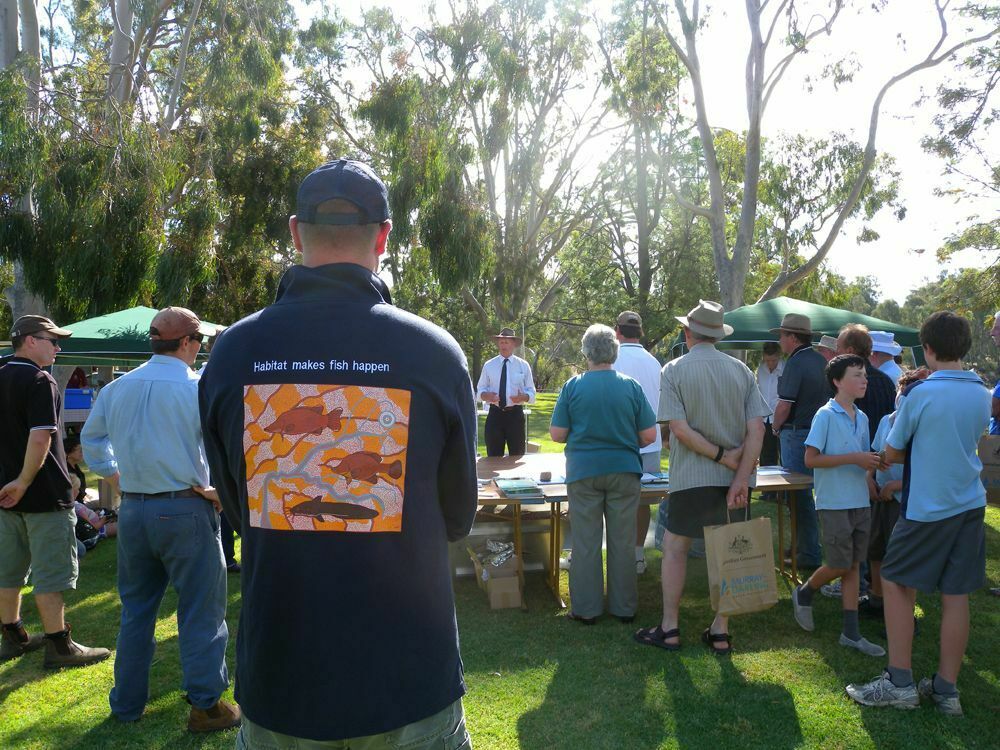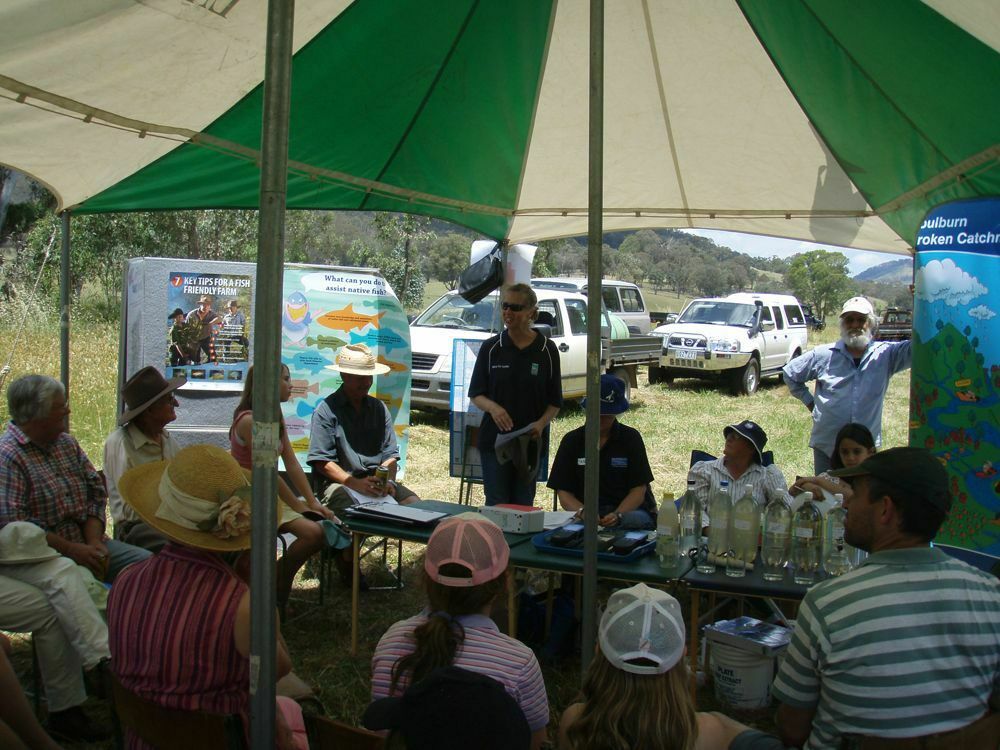Pillar 4 – Monitoring and Evaluation: Monitoring Community Engagement
← Back to Pillar 4 – Monitoring and Evaluation

Quick tips:
- A monitoring and evaluation program is essential to ensure that communication and engagement activities are ‘best practice’ and effective.
- Surrogates can be used to give some indication of the effectiveness of communication activities, but given the importance of community support for river rehabilitation and demonstration reaches, they are no substitute for direct monitoring.
All Demonstration Reaches require a Communication and Engagement Plan which clearly identifies all stakeholders and has strategies for engagement (see Planning Pillar). There are a myriad of communication activities that can be undertaken when implementing a demonstration reach (e.g. brochures, websites, school presentations, public meetings etc.) and without adequate monitoring and evaluation it is not possible to evaluate their effectiveness and ensure that resources are being allocated in the most cost effective way.
Suggested steps for developing a community engagement monitoring and evaluation program:
The logic behind any monitoring and evaluation program for community engagement should be similar to the biological monitoring, that is:
- Establish the communication goals.
- Determine how these goals could be achieved within the stakeholder community. (Hypotheses to be tested).
- Develop the set of actions/activities to be undertaken (Point 1 to 3 would all be articulated in the Communication and Engagement Plan).
- Develop a monitoring and evaluation plan using appropriate expertise.
- Undertake pre-intervention monitoring of the proposed target audiences including control groups.
- Undertake regular post intervention monitoring of control and post intervention groups.
- Modify communication and engagement activities as appropriate.
Consideration needs to be given to choosing the appropriate indicators and sampling methods, experimental design and analysis methodology. If a monitoring and evaluation framework is developed for communication and engagement, this could identify the array of types of monitoring that could be undertaken, their pros and cons, as well as issues to be mindful of when monitoring communities.
Use of surrogates:
Surrogates can be used to give an indication of the success of engagement activities. These can include number of “hits” on a website, attendance at meetings, level of involvement at demonstration reach activity days, number of newspaper articles, number of brochures used etc. (see Planning Pillar). While they do provide a “feeling” for the level of community engagement and can indicate some things that may not be working (e.g. unused brochures), they do not provide the same level of feedback as a monitoring program.


Boys, C.A., Robinson, W., Butcher, A., Zampatti, B. and Lyon, J. 2009. Framework for developing and implementing ecological monitoring and evaluation of aquatic rehabilitation in demonstration reaches. MDBA Publication No. 43/08. Murray-Darling Basin Authority, Canberra.